Feature
Selective wave soldering is an efficient welding technology that achieves a perfect balance between welding quality and efficiency by controlling welding parameters and selection of welding areas. This article will introduce you to the working principle, application fields, advantages and operating precautions of selective wave soldering in detail, aiming to provide a comprehensive understanding and guidance. Selective wave soldering is an automated welding technology that uses the principle of wave soldering for welding. However, compared with traditional wave soldering, selective wave soldering can achieve more precise welding by controlling the welding parameters and selecting the welding area.
Advantageous:
a Fully functional offline model, occupying a compact space.
b PCB board movement, spraying, preheating and soldering platform fixation
c High welding quality.
d It can be placed next to the production line for welding work, and the line assembly is quite flexible.。
e Full computer control, parameters are set and saved on the computer. Generate configuration files for easy tracing and saving.
Selective tin furnace section
a The tin furnace temperature, nitrogen temperature, wave peak height, wave peak correction, etc. can all be set by computer.
b The inner tank of the tin furnace is made of titanium alloy and has no leakage. External heating plate ensures uniform heat transfer.
c The tin furnaces are all connected with quick connectors, so there is no need to rewire the tin furnaces when replacing them.
d Nitrogen online heating device ensures good wettability of the tin furnace and reduces the generation of oxides.
e The tin furnace is equipped with a tin liquid level alarm.
Detail Image
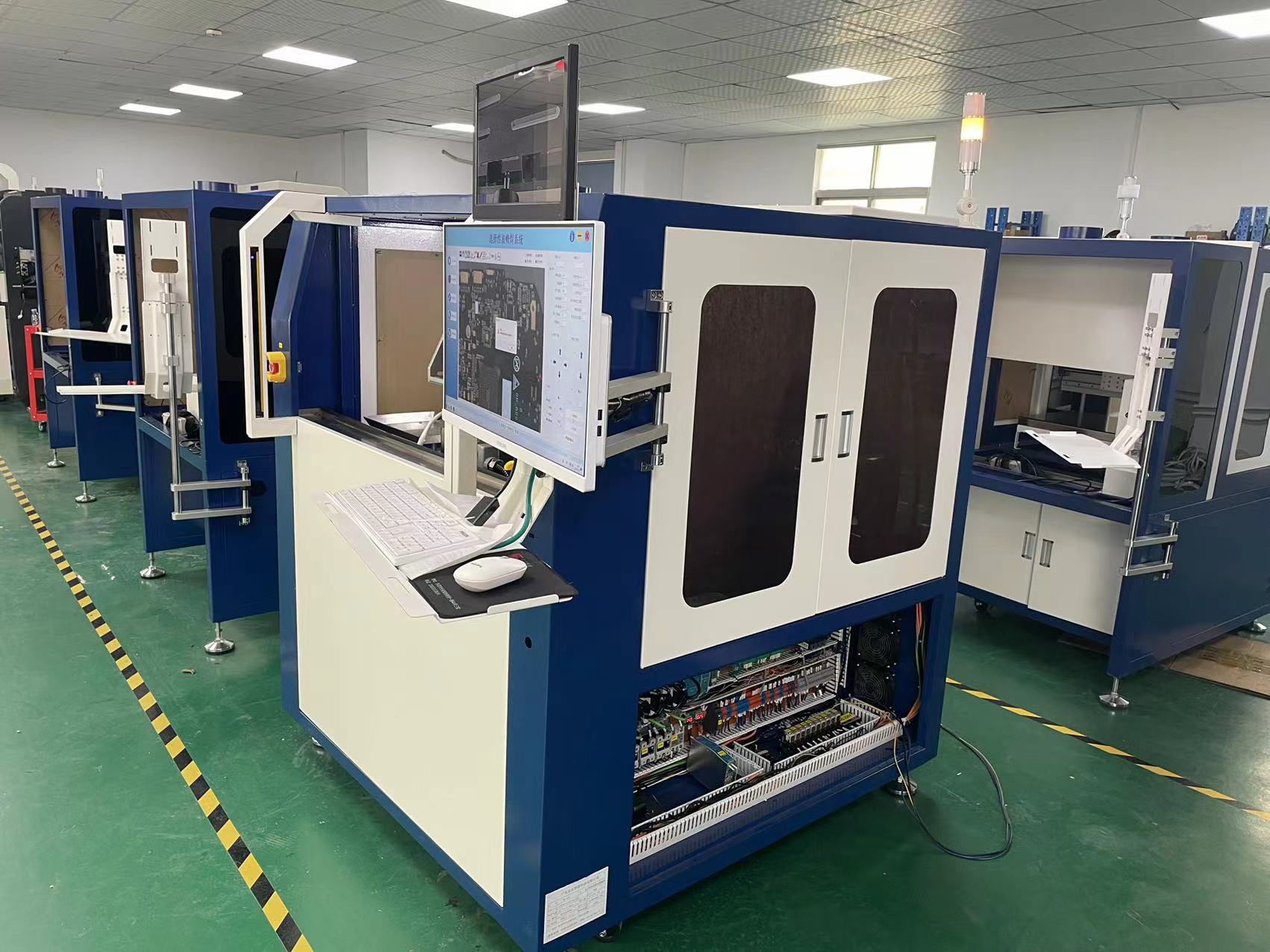
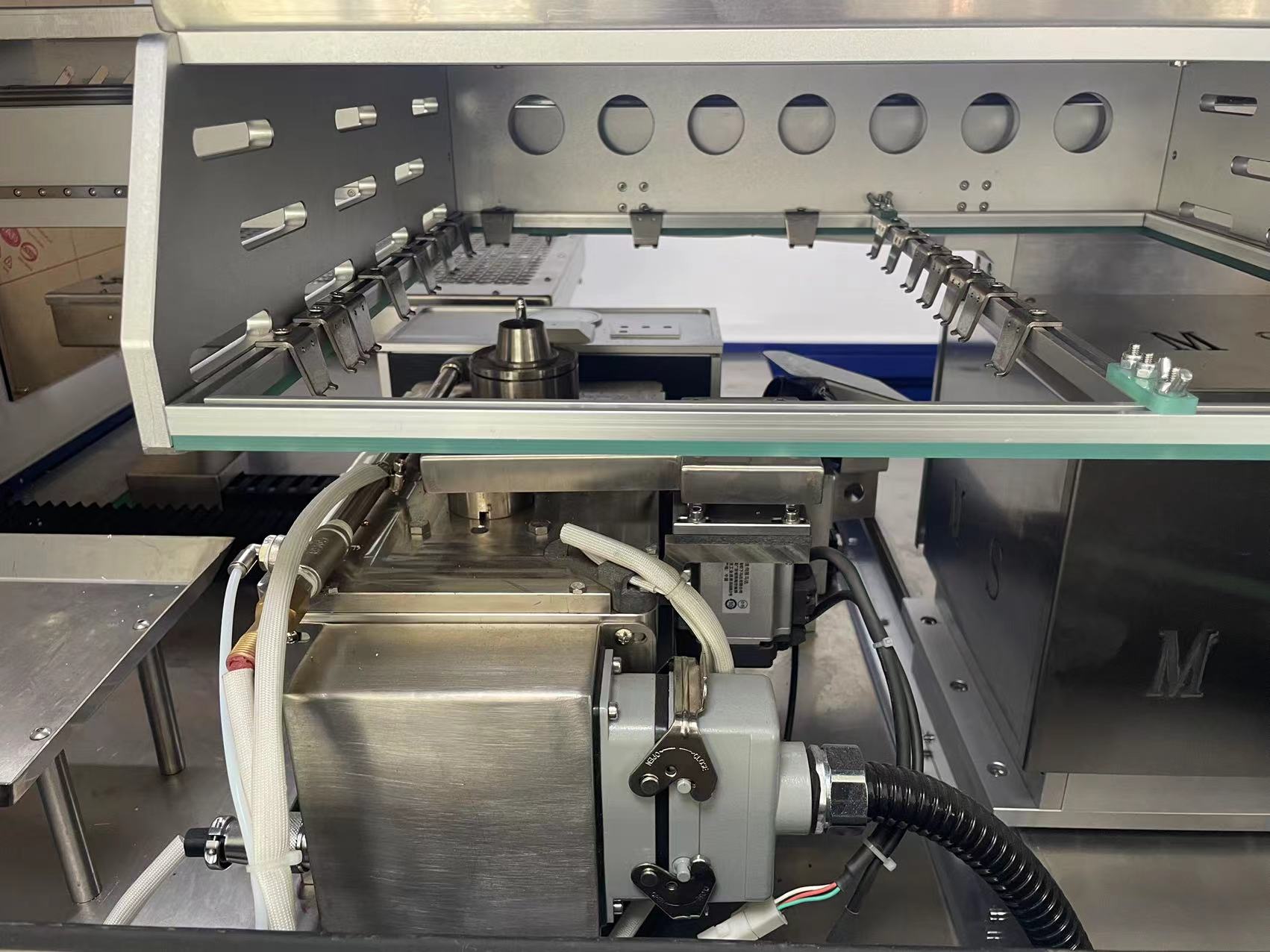
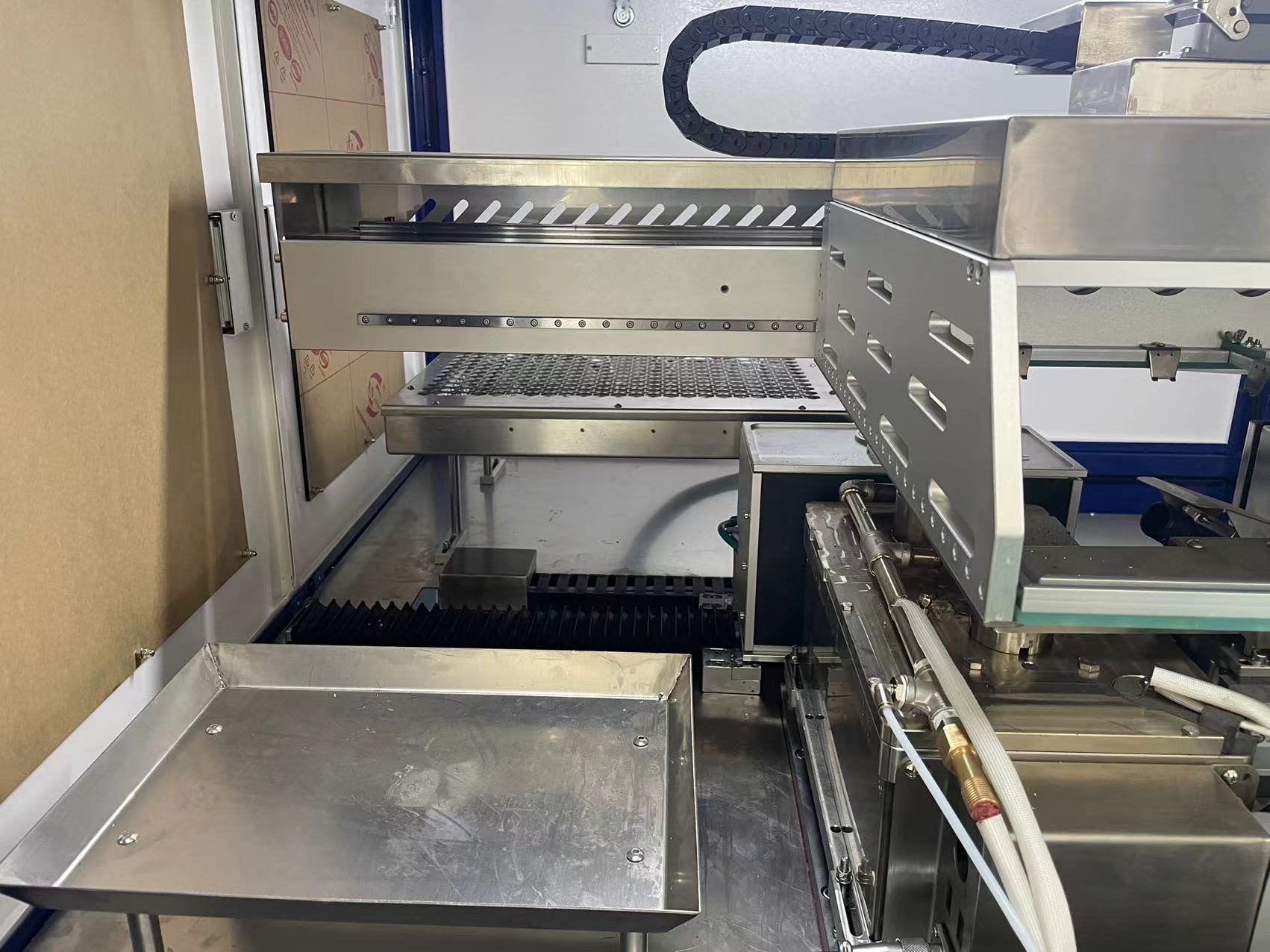
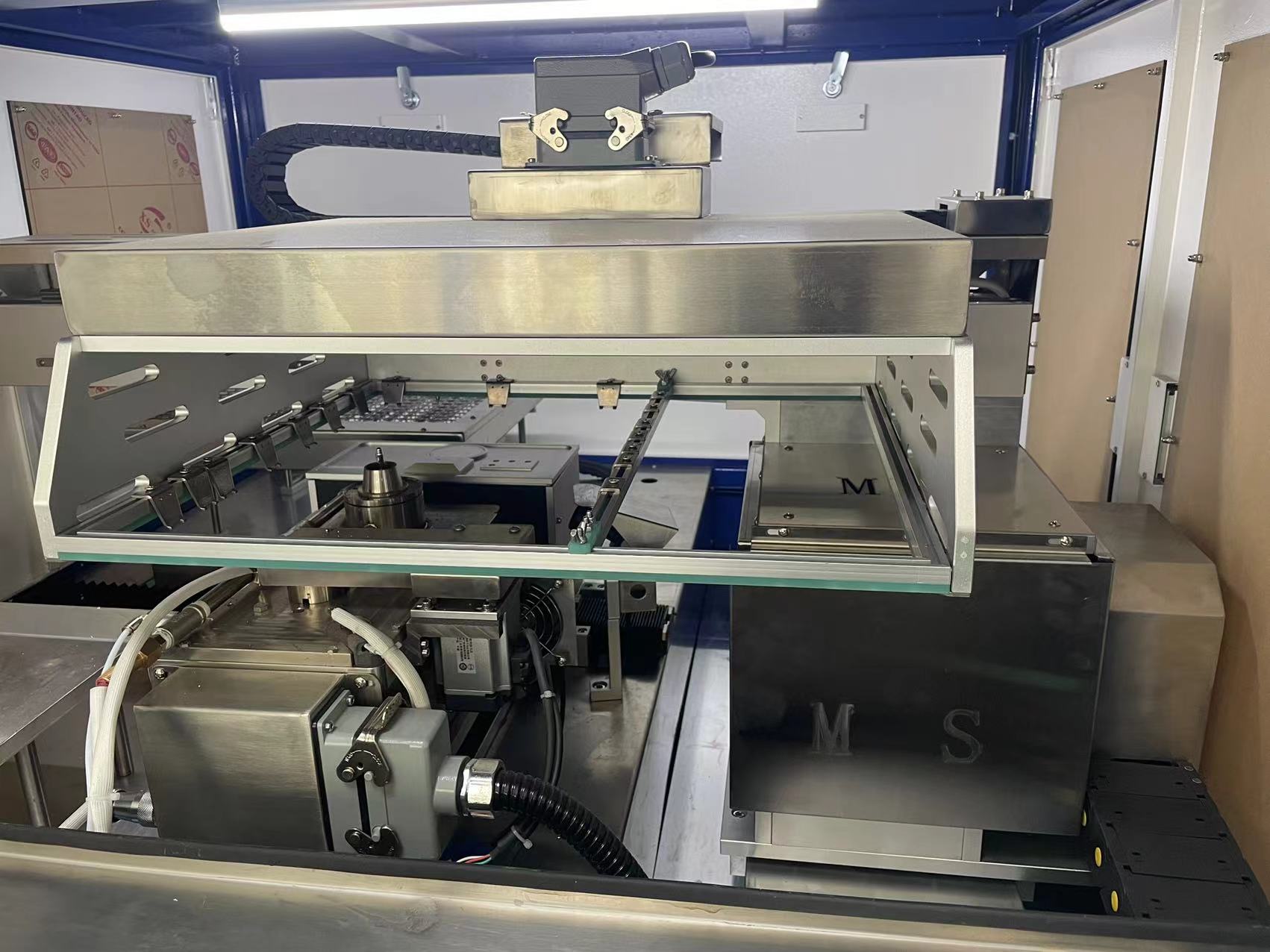
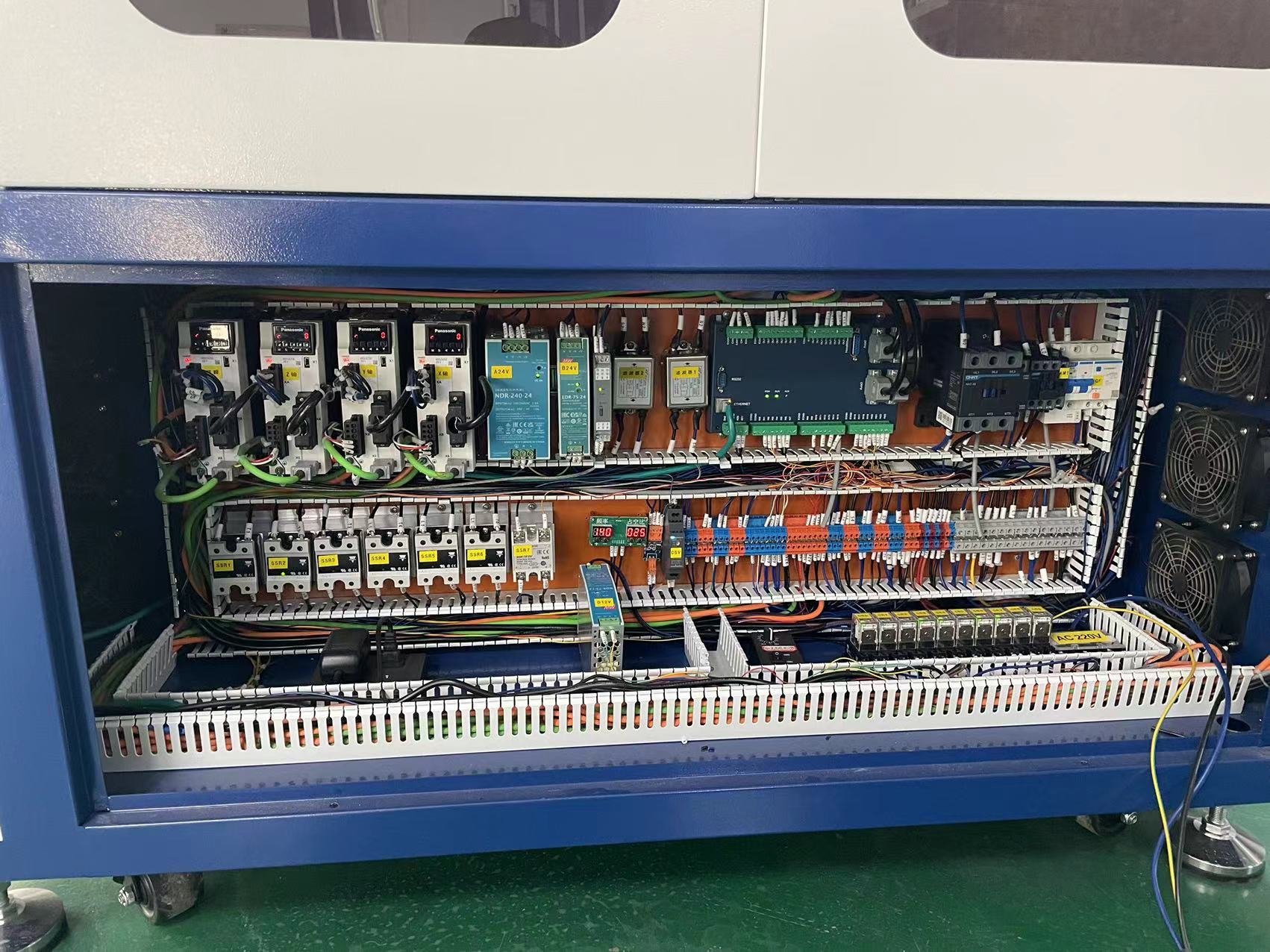
Specifications
| Model | TY-450 |
| Machine overall | |
| Machine dimension | L1350mm * W1500mm * H1650mm |
| Total machine power | 14kw |
| Machine operating power | 7--10kw(including pre-heating) |
| Power | Three phase 380V 50HZ |
| Net weight | 650KG |
| Air source pressure requirements | 3-5 Bars |
| Air source flow requirements | 8-12L/min |
| Nitrogen source pressure requirements | 3-4 Bars |
| Nitrogen source flow requirements | >2cube/h |
| Nitrogen source purity requirements | 》99.998% |
| Exhaust air volume requirements | 300--500CMB/H |
| Pallet and PCB boards | |
| Pallet | Can be used as needed |
| Maximum welding area | L450* W400MM |
| PCB thickness | 0.2mm-----6mm |
| PCB board edge | >3mm |
| Controlling and loading position | |
| Control system |
Industrial PC |
| Loading board | Manual |
| Unloading board | Manual |
| Operating height | 900+/-30mm |
| Conveyor up clearance | 80MM |
| Conveyor bottom clearance | 30MM |
| Sports platform | |
| Motion axis | X, Y, Z |
| Motion | Closed loop servo control |
| Positioning accuracy | + / - 0.1 mm |
| Chassis | Steel structure welding |
| Flux management | |
| Flux nozzle | Injection valve |
| Flux tank capacity | 1L |
| Flux tank | pressure tank |
| Preheating part | |
| Preheating method | Upper and lower infrared preheating |
| Preheating power | 8kw |
| Temperature range | 25--240c |
| Solder part | |
| Standard pot number | 1 |
| Solder pot capacity | 15 kgs /furnace |
| Solder temperature range | PID |
| Melting time | 45--70 min |
| Maximum solder temperature | 350 C |
| Solder pot power | 1.2kw |
| Soldering nozzle | |
| Nozzle dim | custom shape |
| Nozzle material | alloy steel |
| Standard nozzle | Standard configuration: 5 pieces/furnace |
| Nitrogen management | |
| Heated nitrogen | Standard |
| Nitrogen PID control | 0 - 350 C |
| Nitrogen consumption/tin nozzle | 1---2m3/hour/tin nozzle |

















